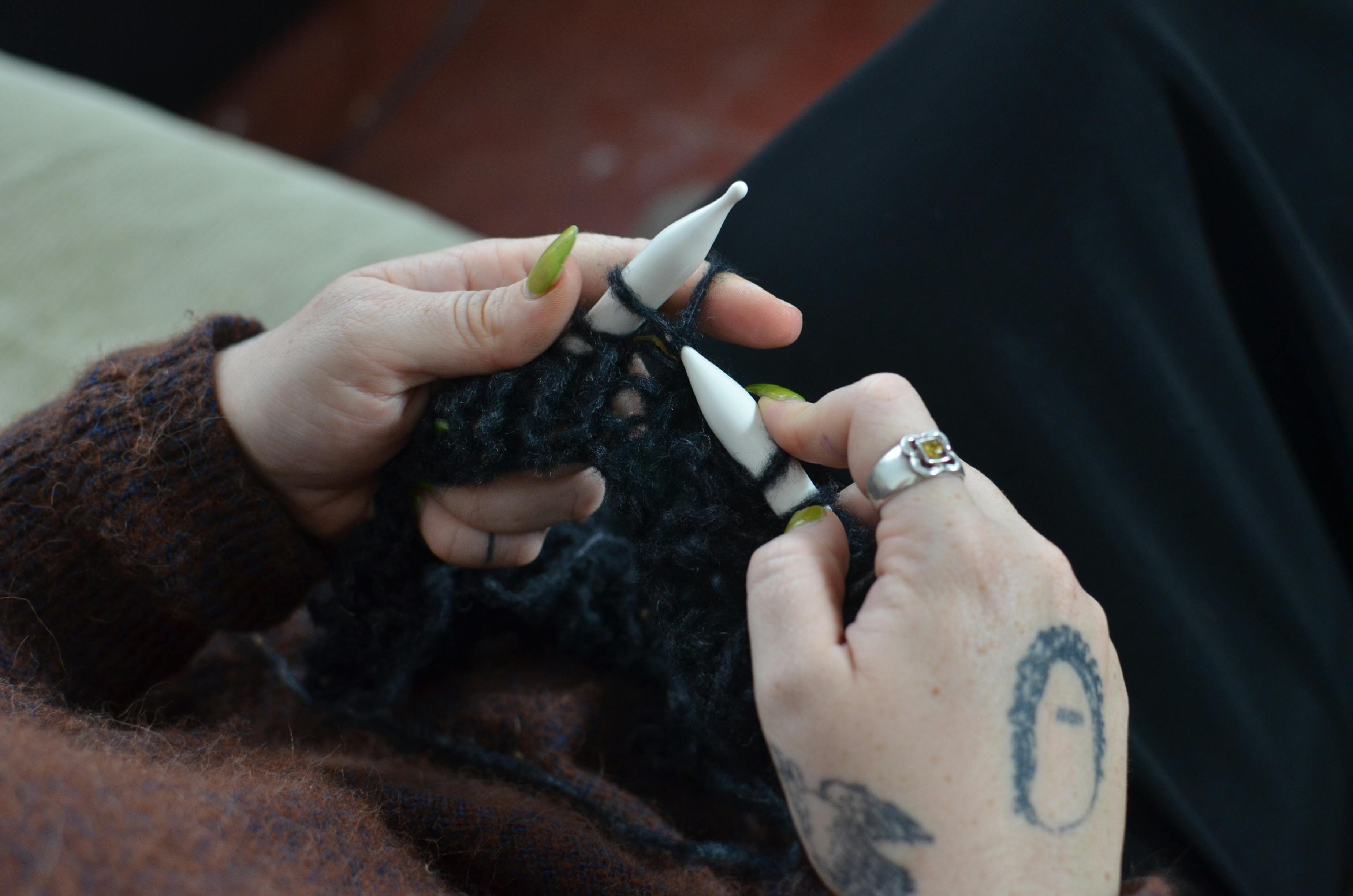Growths and bumps on the whites of your eyes – Your optometrist will usually find a pinguecula
A sudden rush to the optometrist is often precipitated by the awareness of a new lump that appears to have grown overnight on the white of the eye. Sometimes a person will notice this by looking in a mirror, or a family member will comment on a new growth they see. Sometimes cancer causes growths to appear on the white of the eye, but this is quite rare. The lump is most likely on the conjunctiva, the clear tissue that covers the white part of the eye known as the sclera. This type of growth is usually benign and very slow growing, and is usually diagnosed as a pinguecula. The appearance often has a slightly yellow tinge, but can be translucent white. When slightly irritated, the blood vessels become more visible. Many new contact lens wearers spend a lot of time closely examining their eyes in a mirror like never before, while learning how to handle contact lenses in the first few weeks. This is a common cause for first noticing a growth that has likely been present for several years.
Pinguecula is caused by exposure to ultraviolet rays from the sun and low-level irritation such as dust and blowing particles. People who spend a lot of time outdoors are more at risk, especially closer to the equator. The sun from the snow and water creates more exposure to ultraviolet rays, as most people have learned from sunburn. If you damage your skin, the same process is occurring in the conjunctiva, only faster. Connective tissue lacks the protective layer of keratin that skin has. It also does not form a protective pigment buildup from exposure to sunlight (the conjunctiva does not tan). Higher altitudes equate to less atmosphere to filter UV radiation and consequently more dose to the eye. Ultraviolet radiation acts to degrade the structural framework of tissue, including elastic proteins and collagen. Over many years, growth develops slowly. By the time people are between the ages of 75 and 80, most will have some sign of growth, even if it doesn’t show in the mirror.
The biggest concern is a serious eye problem, and any growth in the eye requires a visit to the ophthalmologist for a proper diagnosis. Prevention is the second thing to think about once you’ve been diagnosed with a pinguecula. UV protection is of paramount importance. When you think sunscreen, think sunscreen for your eyes. Quality sunglasses can eliminate almost all ultraviolet radiation from a frontal direction. Up to 40% can still enter the sides, which is why many people choose frames that wrap around the face or have large side temples on the sides. Lenses that automatically lighten and darken also block almost all frontal UV rays. Hats with eyebrows reduce the amount of sunlight. Recommendations for sun exposure are similar to those for avoiding skin cancer. Avoid being outside between 11 am and 3 pm. Mornings and late afternoons provide longer paths for the sun to travel and subsequently filter out more UV rays. Motorcycle users are at risk from both sunlight and flying particles and must wear specially designed frames that wrap and seal to the face. Give your children an early dose of prevention by having them wear sunglasses from an early age. A note of caution for sunglasses: make sure they are high quality and not a $5.00 knockoff. Dark glasses allow the eye to dilate, and if UV protection is inadequate, exposure will be higher than it would be without the sun. Since violet and blue visible light can be harmful to the inside of the eye, you should also avoid blue and violet sunglasses.
Occasionally the pinguecula becomes very red and inflamed. This is not an infection and can be treated if necessary with prescription eye drops. Remember, you only have two eyes and you should do everything you can to make sure they stay healthy, including having your optometrist check out any new growths.




